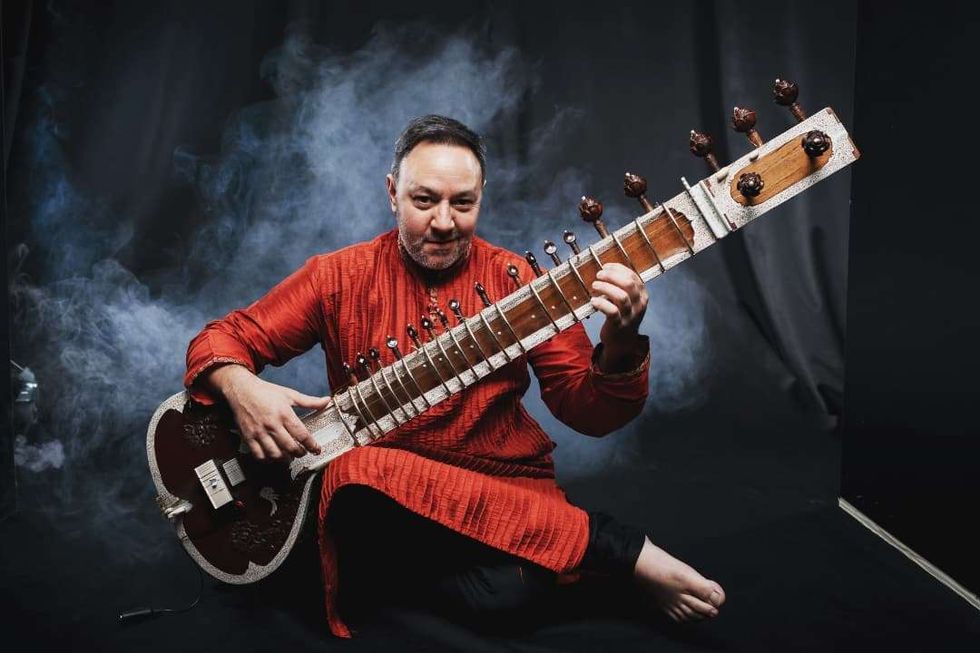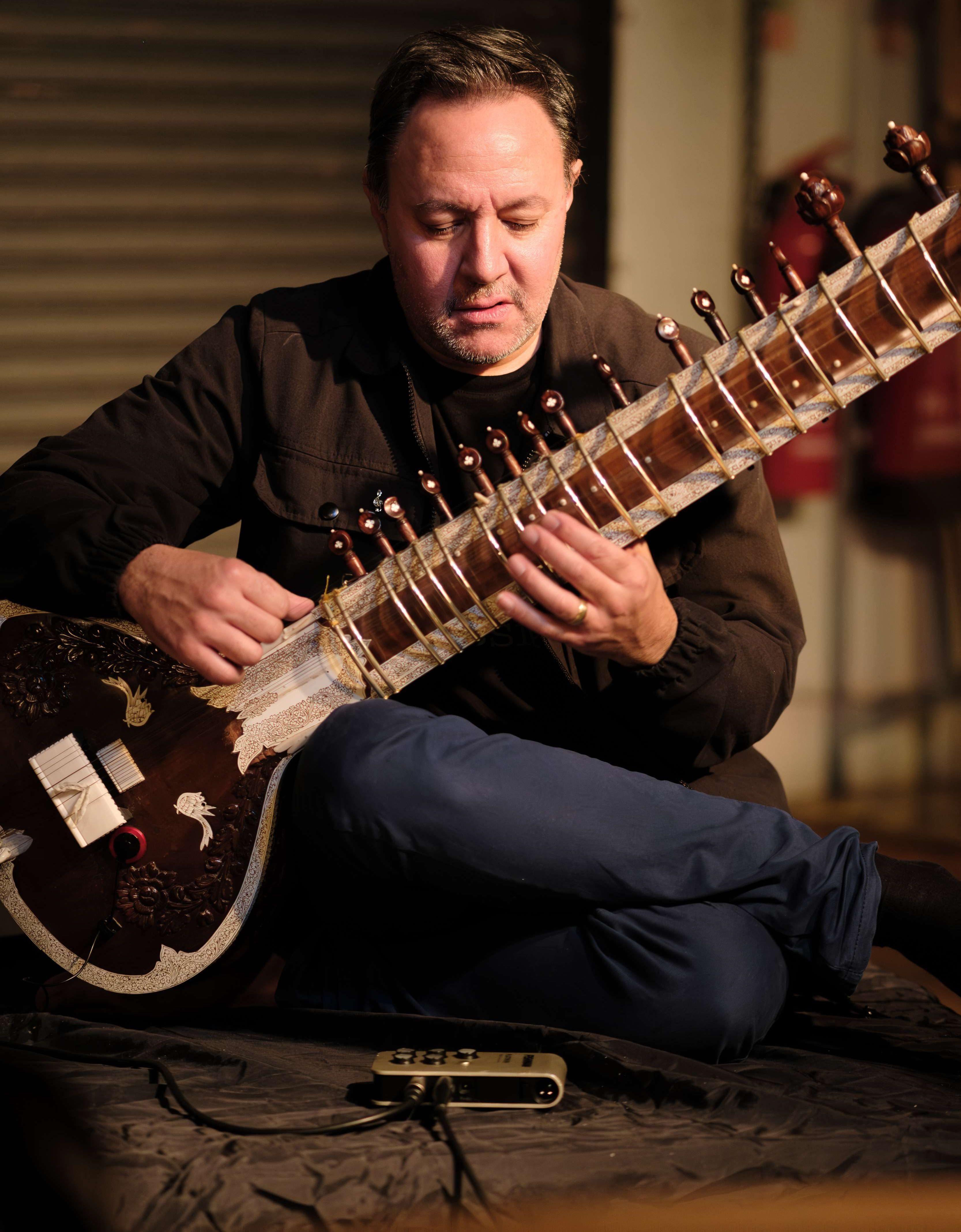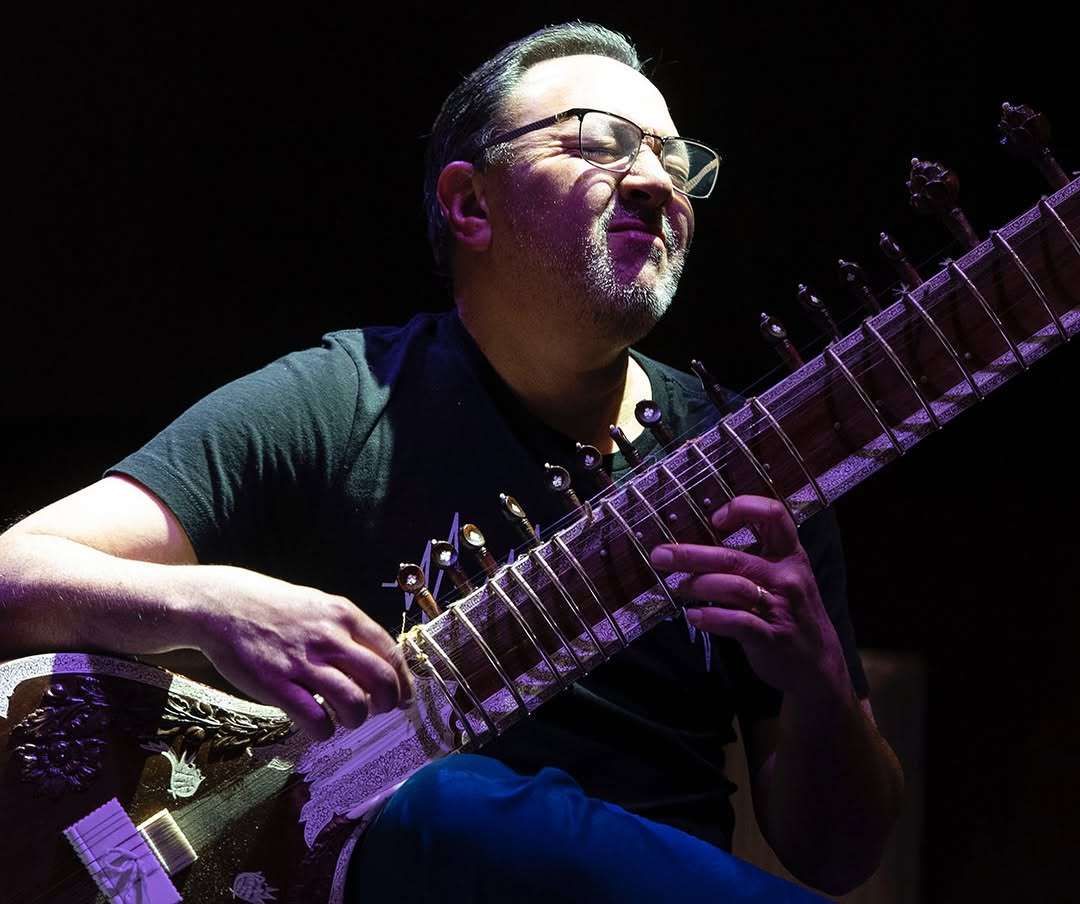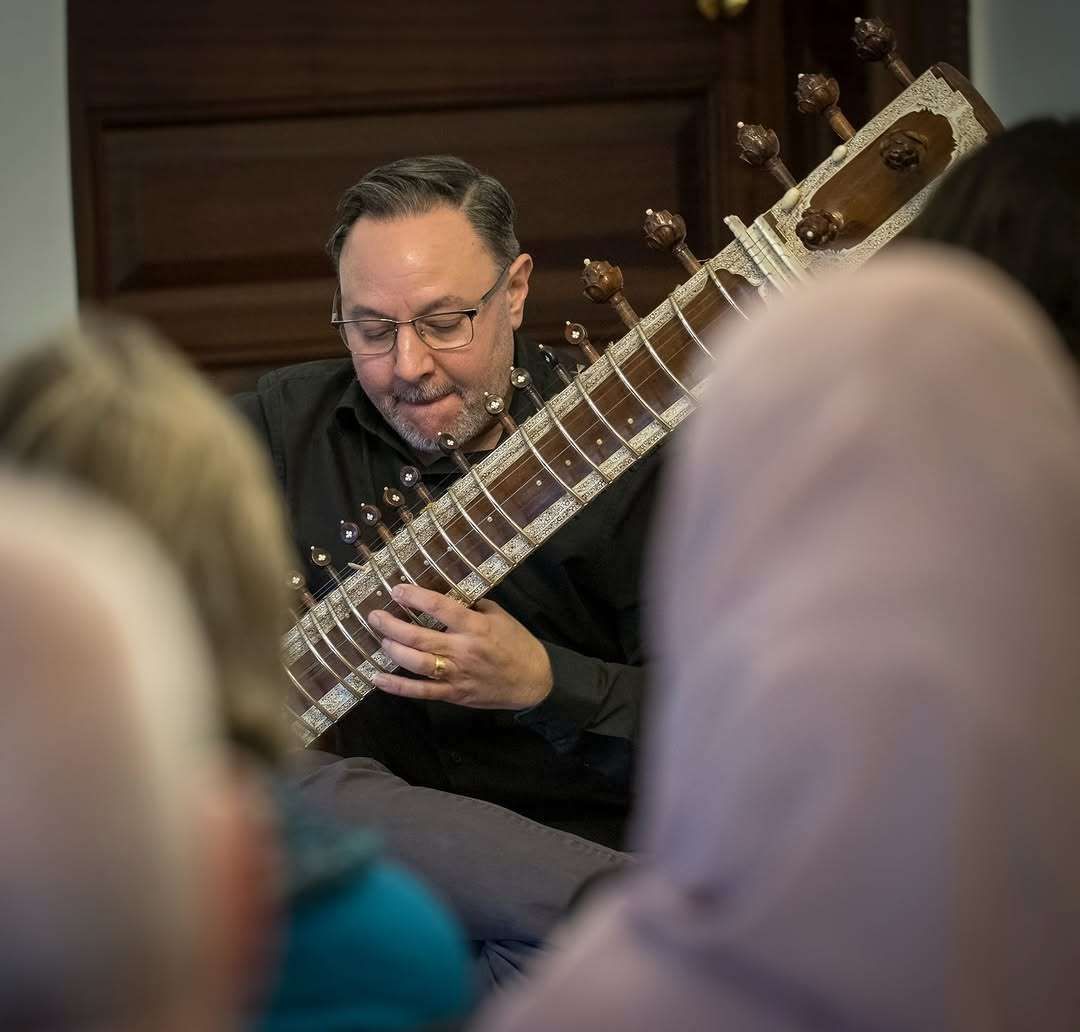by ASJAD NAZIR
EASTERN EYE PAYS TRIBUTE TO THE MEN WHO PUT FAMILY FIRST ON BOLLYWOOD’S BIG SCREEN
ALTHOUGH selfless mothers have largely dominated Bollywood over the years, there have been plenty of great onscreen fathers in films who have won hearts of audiences and shown us all that good family men do exist.
To commemorate Father’s Day this week, Eastern Eye goes back through time to find memorable big screen Bollywood dads and those who stepped up for fatherly duties when it really mattered...
- Abdul Rasheed (Dhool Ka Phool): The stunning 1959 directorial debut from Bollywood’s most successful filmmaker Yash Chopra was a brave movie tackling themes ahead of their time. The story includes a kind-hearted man named Abdul Rasheed who finds an abandoned child in the middle of a forest and fights against an unforgiving community to bring the child up as his own. The most unforgettable moment is when he sings Tu Hindu Banega Na Musalman Banega to the baby, which teaches the youngster that ahead of being a Hindu or a Muslim he should become a good and loyal human being first.
2. Brahmchari (Brahmachari): The 1968 musical drama saw Shammi Kapoor play an orphan who dedicates his life to looking after abandoned children. He does whatever it takes to care for the kids in his orphanage, even if it means sacrificing a chance of happiness with the woman he loves. None of the children are related by blood, but he is more than a father to all of them. The scenario of a kind-hearted orphan adopting orphans was later copied in 1987 smash hit film Mr India.
3. Hari Charan Mathur (Koshish): The 1972 film about hope revolves around a deaf and mute couple who fight against an unforgiving society to create a life for themselves. Sanjeey Kumar plays the devoted father and husband who will do whatever it takes to build a life for his son, including after the mother passes away. He works hard to educate his son. At the end, he teaches his son to not look down on disability and gets him to marry a deaf and mute woman. The concept of a deaf mute couple bringing up a child would later be revisited in 1996 drama Khamos-hi: The Musical.
4. Shankar (Shor): Manoj Kumar produced, directed, wrote and played the lead role in the emotional 1972 drama. He plays a devoted father bringing up his young son, who is unable to speak, alone after his wife passes away. The father will do whatever it takes to raise the money for an operation that will enable his little boy to find his voice again, even if it means putting his own life in danger. The story of a father’s unconditional and undying love was a massive success.
5. Karan (Maine Pyar Kiya): The hit 1989 romance would not only influence many films that followed, but also mapped out a career path for Alok Nath to repeatedly play a doting dad figure throughout his career. He plays Karan, who loves his daughter dearly and won’t have a bad word said against her. When a rich suitor lands up on his doorstep, he challenges him to make an honest living and prove he is worthy of his precious daughter.
6. Professor Siddharth Chaudhary (Hum Aapke Hain Kaun): During the 1990s, Anupam Kher played a series of adorable dads in a string of successful films, which included this record-breaking 1994 family drama. He plays the father of two daughters who believes in togetherness and enjoying the special moments within a family dynamic. Kher’s cheery disposition becomes infectious and later spills over to all those around him.
7. Dharamvir Malhotra (Dilwale Dulhania Le Jayenge): Although the father most remembered from the record-breaking 1995 romantic drama is Baldev Singh Chaudhary, the one everyone fell in love with was Dharamvir Malhotra. Anupam Kher brilliantly played the fun-loving father who has worked hard all his life for his son (Shah Rukh Khan) and only wants the best for him. He doesn’t care that his boy has failed his studies and encourages him to pursue his hearts desires, including going after the woman he loves. After seeing this film, everyone wished their dad was like Dharamvir.
8. Rohit Kumar (Akele Hum Akele Tum): The 1995 musical drama inspired by Hollywood film Kramer vs. Kramer revolves around a single father (Aamir Khan) forced to bring up a young son after his wife leaves him. He faces hardships but manages to create a loving home for his little boy, and then has to step up when his rich wife attempts to take custody of the child. In the title track, the father expresses his love for his son and the child reciprocates by saying: “Oh, I love you daddy”.
9. Jaiprakash Paswan (Chachi 420): The 1997 Indian remake of Hollywood hit Mrs Doubtfire revolves around a devoted father who will do all he can to spend time with his child after a divorce grants custody to the mother. The hilarious comedy saw Kamal Haasan play the father who has to disguise himself as a female nanny just to be close to his beloved daughter and look after her. His hard work pays off and he is finally able to reunite his family by the end.
10. Rahul Khanna (Kuch Kuch Hota Hai): Although the smash hit 1998 Bollywood film was a musical romance, the heartbeat of the story was a father and daughter. After he loses his wife, Rahul Khanna (Shah Rukh Khan) doesn’t let heartbreak get in the way of him becoming a devoted father doing his best to bring up his daughter. He tries his best to give his daughter so much happiness that she doesn’t feel the void of a mother not being there. The young child then goes on a mission to reunite her lonely father with a long lost love, who was his best friend during college.
11. Gulshan Bakshi (Kya Kehna): The 2000 drama tackled the taboo subject of a young single girl who gets pregnant and is abandoned by the guy. In most Bollywood films that would result in the daughter getting completely cut off from her family. Although Gulshan Bakshi (Anupam Kher) reluctantly shuns her, he eventually steps up and becomes a support system for his daughter, helping her through the pregnancy. It taught dads to be more understanding towards their children.
12. Indraneel Mohan Thakur (Main Aisa Hi Hoon): The 2005 Indian remake of American drama I Am Sam revolves around a mentally challenged man (Ajay Devgn) who is bringing up his daughter alone. Despite his own limitations, he shares a special bond with his little girl. That fatherly love inspires heartfelt devotion in the child. When the child’s grandfather appears one day to take custody of her, Indraneel does all he can to fight for custody including teaming up with a lawyer.
13. Balraj Kapoor (Baabul): For many, a father-in-law is just like a devoted dad and that is why this kind-hearted character played by Amitabh Bachchan from the 2006 film makes the list. When his daughter in law (Rani Mukerji) is left a widowed single mother, Balraj goes against societal norms and encourages her to get married again. He fights against family pressure to bring happiness back into his daughter-in-law’s life and gets her married again. In a beautiful moment at the end, she makes a wish that everyone gets a father like Balraj.
14. Rustam Behram Deboo (Ferrari Ki Sawaari): A great movie that perhaps doesn’t get the credit it deserves is this 2012 uplifting story of a father (Sharman Joshi) who will do whatever it takes to fulfil his son’s dream of becoming a cricketer, including his first act of dishonesty. What follows is a simple man way over his head being spurred on by the thought of helping his little boy, and in the process the film explores the bond he has with his own father.
15. Mahavir Singh Phogat (Dangal): Released in 2016, the highest grossing Bollywood film in history is based on true-life events and revolves around a father coaching his daughters. Although the father is a strict disciplinarian, he is also someone who very much believes in female empowerment and pushes his daughters towards greatness. Aamir Khan brilliantly played the lead role and showed just what children can achieve with a loyal, supportive dad.
16. Raj Batra (Hindi Medium): The biggest sleeper movie of 2017 was the smash hit family drama about a couple who will do whatever it takes to get their child the right education. Irrfan Khan plays a rich businessman father who is willing to fake a poverty-stricken life just so that his young daughter can gain admission to a great school. Although he does a lot of double-dealing, Raj Batra ultimately goes through with it because he and his wife want the best for their little girl.
17. Dattatraya Vakhari (102 Not Out): The oldest in the list of memorable fathers in Bollywood is a 102-year-old in the 2018 film adaptation of the hit Gujarati stage play of the same name. Amitabh Bachchan plays the fun-loving senior citizen who tries to teach his miserable 75-year-old son to introduce some positivity into his life. Although their relationship is dysfunctional, the dad ultimately wants what is best for his son.





 Jonathan Mayer on the sitar and beyond Instagram/the_sitarist/ @sat_sim
Jonathan Mayer on the sitar and beyond Instagram/the_sitarist/ @sat_sim  Redefining Indian classical music with Jonathan Mayer Akil Wilson
Redefining Indian classical music with Jonathan Mayer Akil Wilson Jonathan Mayer on music without boundaries Instagram/the_sitarist/
Jonathan Mayer on music without boundaries Instagram/the_sitarist/ Jonathan Mayer on teaching and performing Indian music Instagram/
Jonathan Mayer on teaching and performing Indian music Instagram/





